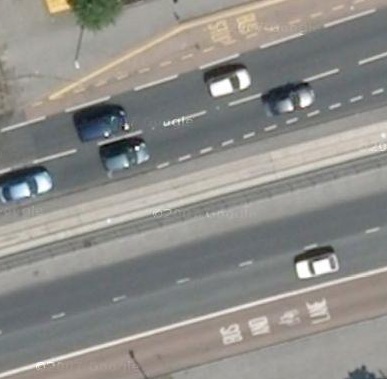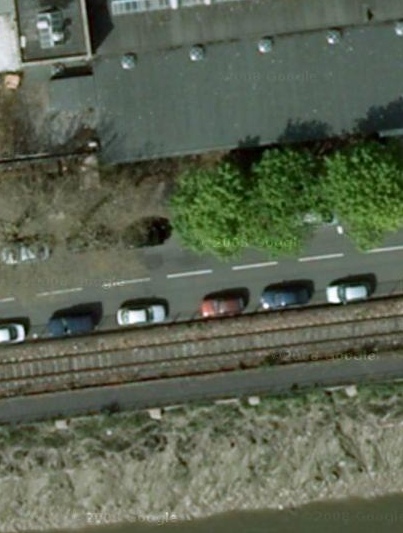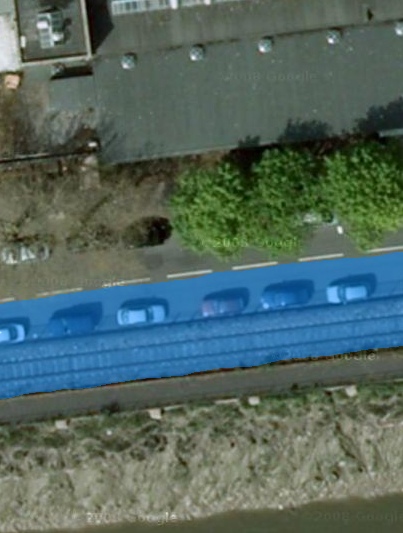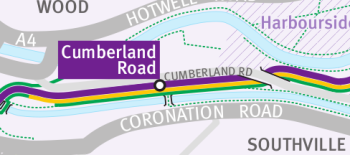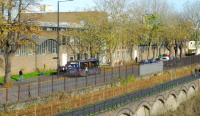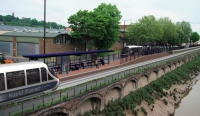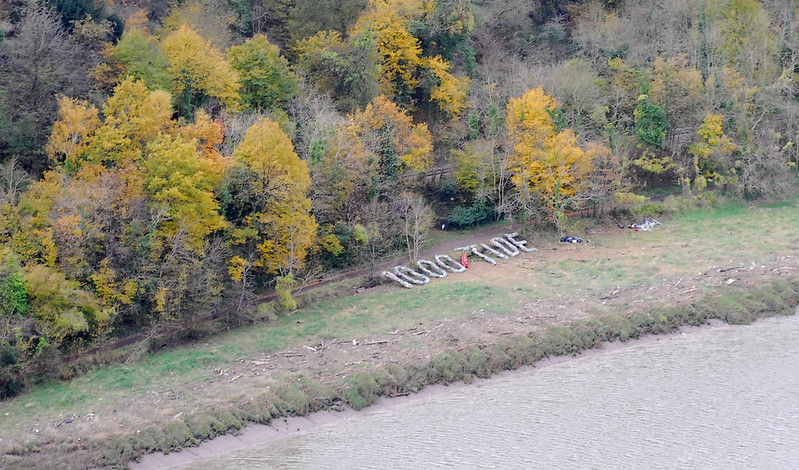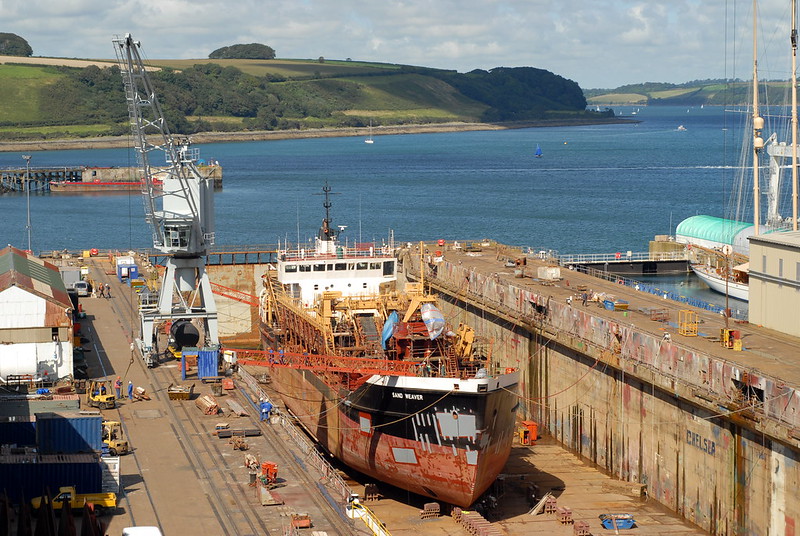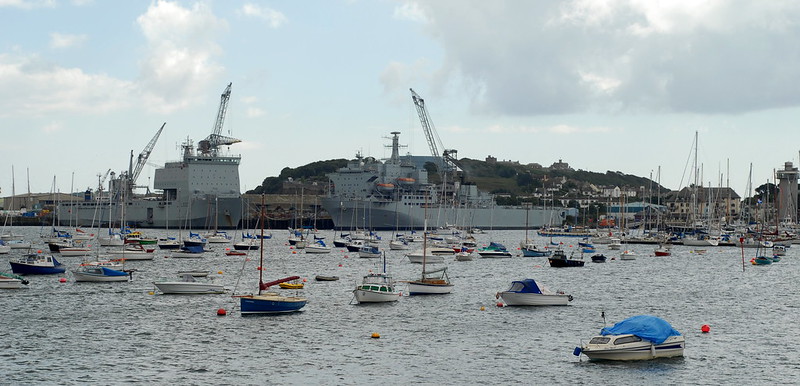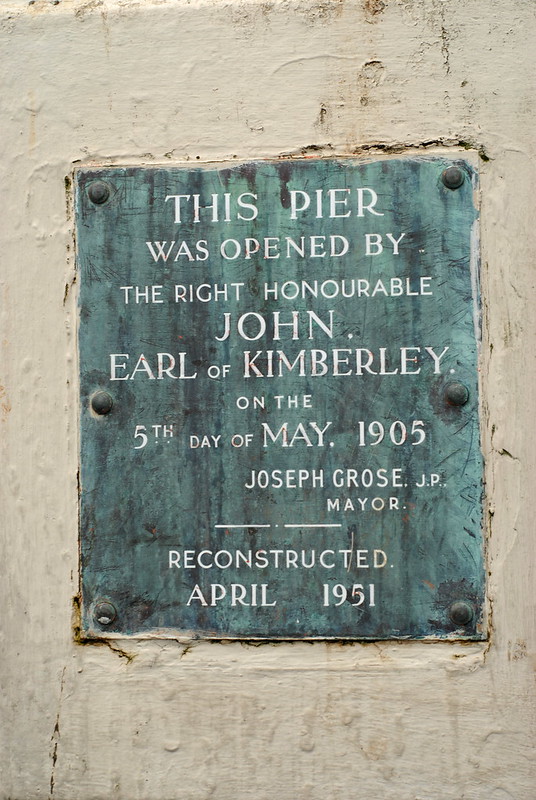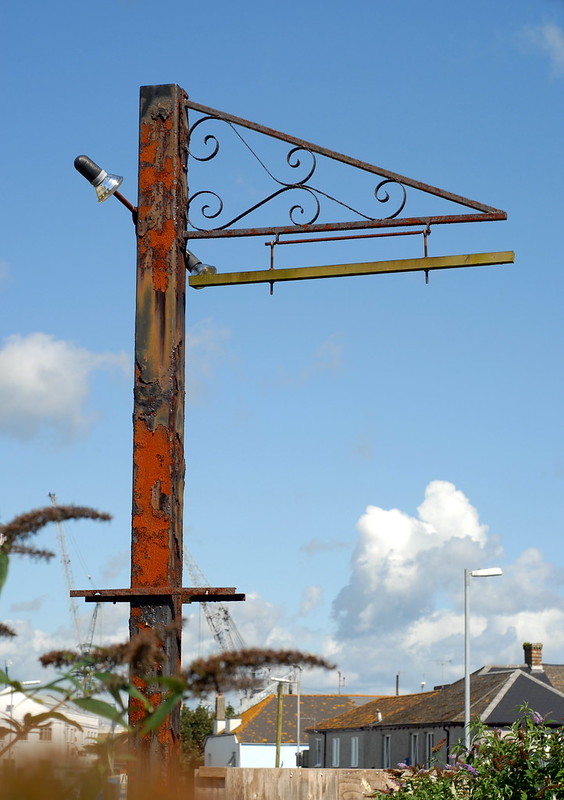I can see the future…
In which we confront Mario Reading, an author who got things wrong
No news on the Bristol guided busway (“Bus Rapid Transit”) scheme today, you’ll be relieved to hear.
Today, though, I thought it would be time to revisit something I wrote, back in the mists of time, when this blog was (relatively) newly-minted - insert wavy dissolve effect here. I spotted, on the telly, a chap called Mario Reading, who had just published a book claiming that according to Nostradamus, George W Bush would suffer an assassination attempt before the end of his presidency.
Lots of people have, of course, interpreted what Nostradamus wrote in different ways; and they have, consistently, been entirely and completely wrong when they produce predictions for events which haven’t happened yet. The recent US Election reminded me of Mr Reading: it reminded me that there’s not very long left for his prediction – sorry, Nostradamus’s prediction to come true – in any case, according to the table of contents of his book, it was due to have happened already by now.
I have a vague recollection at the time of Reading stating, on the telly, that he hoped that his book would be a warning to the US Secret Service, and that they would be able to use his book to foil any such assassination attempt. So maybe he’ll just say “ahh, well, clearly he would have been assassinated if it wasn’t for me.” Which begs an interesting question: what, then, for Nostradamus’s role in it all? If you publish a book that says “Nostradamus predicted that X will happen, but if you read this book you can stop it!” then does that mean Nostradamus was right or wrong? I dreamt the other night that I was going to bake myself a cheesecake for tea. I told my girlfriend – so she made us pasta instead. Clearly, this means I can see the future!
Reading’s book – Nostradamus: The Complete Prophecies For The Future – is still available on Amazon. Indeed, at a discount, which seems reasonable enough considering that now a good three years of the book’s future is our past; so we can easily judge for ourselves how accurate Mr Reading’s – sorry, Nostradamus’s future-prophesying skill is. He also has another book: Nostradamus: The Good News – all the cheerful bits. Its first prediction of the future isn’t due to occur (or not) until 2021, sadly. It turns out, too, that Reading has recently started writing a blog.* He’s got a Nostradamus-themed thriller coming out next year, and a third non-fiction Nostradamus book. How you’re meant to tell the difference between fiction and non-fiction in this context, I’m not entirely sure, but he’s clearly found a vein and is mining it for all he’s worth. Unfortunately, his blog doesn’t seem to have private contact details on it, which is a shame, because I wanted to get in touch with him. Ah, well. I’ll have to put an open letter here instead:
Dear Mr Reading,
I notice your book Nostradamus: The Complete Prophecies For The Future is still on sale, and apparently selling well according to your website. However, I note that it’s now 3 years since it was written; and that many of the events which it predicted to occur between its publication date and the present day have not, in fact, happened as you – sorry, Nostradamus predicted. Do you intend to keep the book on sale even though it contains information you now know to be wrong? Will your forthcoming Nostradamus book contain revised versions of these prophecies, and will you acknowledge the mistakes, or be issuing errata for, The Complete Prophecies For The Future?
Yours, etc…
Now, if you’ll excuse me, I’m going to go into a trance to try to predict whether or not I’ll get a reply.
Update, September 1st 2020: I’ve removed the link, because following Mario Reading’s death in 2017 his blog and indeed his entire website was taken offline. At the time of his death, he’d written a total of five allegedly-non-fiction books about Nostradamus, three Nostradamus-related novels, and three more novels apparently about the Templars (because who doesn’t love novels about Templar-related conspiracies). As I haven’t read the last three “non-fiction” books, I have no idea whether or not they did address the things he’d predicted in his first book that already hadn’t happened. Clearly, though, he found a good income-generator and milked it.

 Home
Home